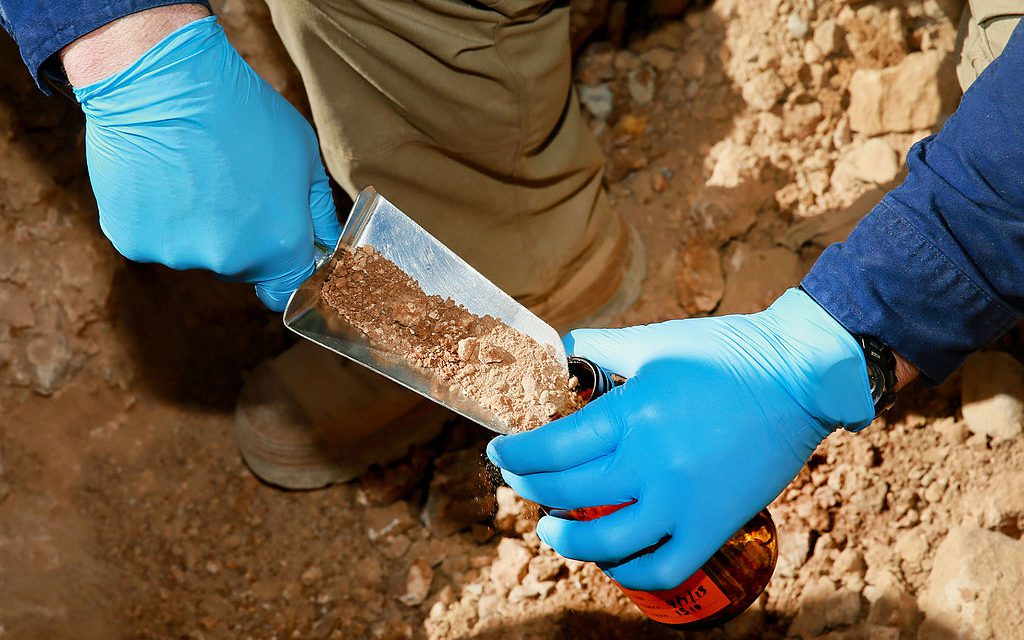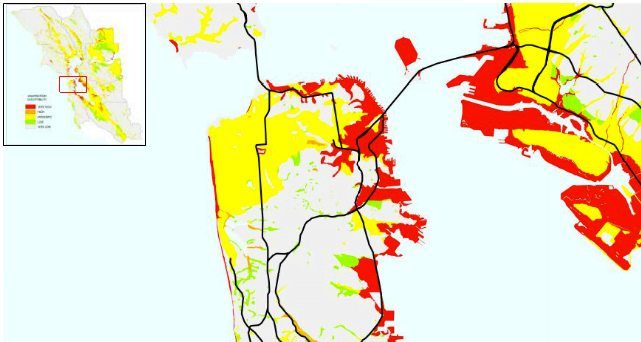Before your client buys land, they need to consider soil. This article provides details on the types of soil found in and around California.
It’s what’s underneath that’s important
The usability of a piece of land is determined by many obvious factors, easily recognizable to the average homebuyer. For example, if a road runs through the middle of the property, this will cause the homeowner to deal with a whole new set of issues.
Less obvious, but just as important, zoning can also pose a problem, for example, if a property is zoned for residential use and the buyer wishes to build a commercial building.
But what’s not visible to the naked eye (or even the county’s office) is the land’s most important characteristic: the soil.
Beyond whether or not a site has the ability to grow crops, the soil’s characteristics determine whether a home can even be built in that spot. Further, just because a neighboring lot has a home does not mean the lot in question is also safe to build on.
Soil is identified by its:
- texture;
- grade;
- color;
- permeability; and
- density;
Soil types
Three types of soil exist:
- clay, which has a fine texture, is extremely dense and limits the land’s use;
- loam, which has a medium texture and has the fewest limitations for use; and
- sand, which has a coarse texture, is very permeable and is most susceptible to erosion.
The soil in your backyard is a mixture of clay and sand, as well as a smaller amount of silt (rock sediment). If it is majority clay, then it is considered clayey, and if it’s mostly sand with a little bit of clay, it’s considered sandy. If it is a mostly even mixture, your soil is loamy.
A soil’s grade is measured by the size of its grain. For instance, gravel has a very high grade, while clay has a lower grade. The lower the grade, the less permeable and less susceptible to movement the ground is.
Light-colored soil is more susceptible to erosion and has fewer nutrients. Darker soil is more nutrient rich and has a smaller erosion factor.
How permeable the soil is also affects the building site. For instance, soil with high permeability — meaning water passes through the soil rapidly — causes difficulty for septic systems. On the other hand, septic systems cannot operate in soil with very slow permeability, such as clay, which can also cause problems for foundations.
Before beginning construction, the builder will ensure the soil is compact, or dense enough to establish a foundation. Compaction is completed by basically smashing down the soil, reducing the space between grains.
Finally, land with a shallow soil depth will make it hard to establish a foundation, landscaping and a septic system. Generally, the higher the depth — the distance from the topsoil to the bedrock or the water table — the easier it is to build the home and its required support systems.
All of this soil science matters not just for building, but for safety, as California is susceptible to earthquakes.
Liquefaction zones
Liquefaction occurs when soft soil moves or collapses during an earthquake. The ground “liquefies” or behaves like sand at the beach, and the buildings on top lose all stability.
Areas susceptible to liquefaction — called liquefaction zones — are found mostly in low-lying areas along the coast. In the Bay Area, the U.S. Geological Survey claims most of San Francisco’s residents live and work in a liquefaction zone:
Image source: U.S. Geological Survey
Liquefaction can also occur on artificial landfill — common in urban areas — and other young deposits, such as those near streams and rivers.
A liquefaction zone is a type of seismic hazard. Thus, the presence of a liquefaction zone needs to be noted in the Natural Hazard Disclosure Statement, which is delivered by the seller or their agent to the buyer. The seller needs to disclose the presence of natural hazards, no matter the type of property. [Calif. Civil Code §1103.1(b); See RPI Form 314]
California soils
What kind of soil is your client’s home built upon?
In California, there is no set soil type. In fact, soils can vary within the same neighborhood, and even within the same plot.
But in a broad sense, sandy soils dominate Southern California and much of California’s coast. Loamy soils also exist in many parts of California, such as the Salinas Valley, where farmers have put their loam to good use. Finally, clay is a gardener’s worst nightmare in and near San Diego.
An engineer needs to be consulted before building to ensure the soil is safe to be built on. But for a simple test, say if your client is interested in gardening or landscaping their home, check out the Global Garden for some tips on testing and irrigating your soil. Or, purchase a soil test kit from your local hardware or gardening store.















